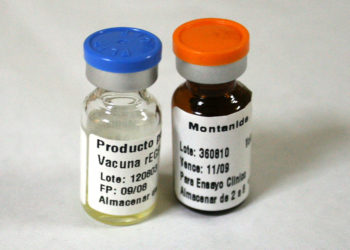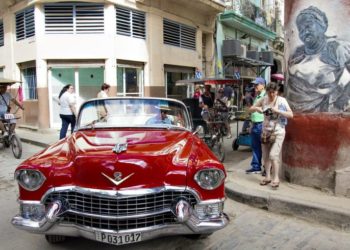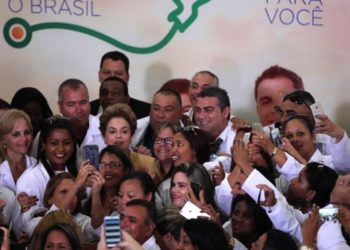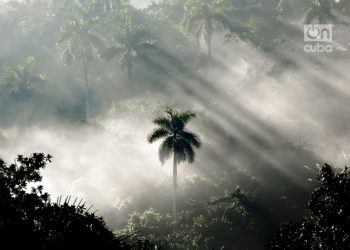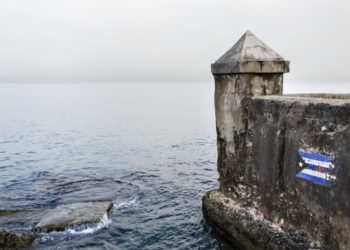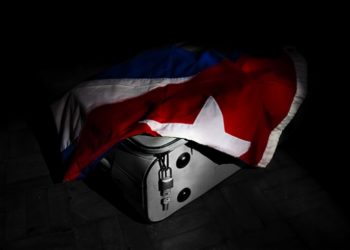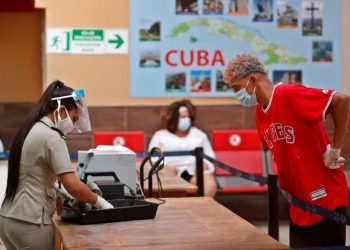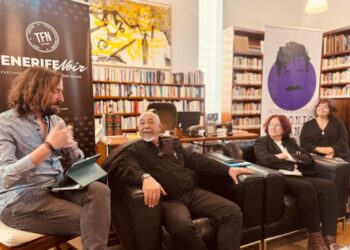CIMAvax: from Havana to New York, a Bridge for Life
Statistics, as cold as irrefutable, are moving. Cancer represents one of the most complex challenges of biomedical, social and economic sciences. According to the World Health Organization (WHO),1 that disease – or system of diseases – represents the second cause of death on a global scale, only surpassed by cardiovascular conditions. Close to 8.8 million persons died due to malignant tumors in 2015. The data implies that one out of every six deaths was related to that condition. In this group, lung cancer has the highest indices of incidence, with 1.19 million deaths per year (19{bb302c39ef77509544c7d3ea992cb94710211e0fa5985a4a3940706d9b0380de}). Cuba and the United States exhibit a panorama very similar to the global performance. According to the Health Statistical Yearbook,2 during 2015 malignant tumors caused on the island 215 deaths/100,000 inhabitants, while in the United States the rate has been estimated in 171.2/100,000. In both cases the figures are only surpassed by cardiovascular conditions. Lung cancer also registered the highest indices. It’s not strange then that both countries dedicate significant efforts – from different focuses – to combat this system of diseases. Thus in 2011 an informal collaboration was born between the Molecular Immunology Center (CIM) belonging to the West of Havana Scientific Center...


